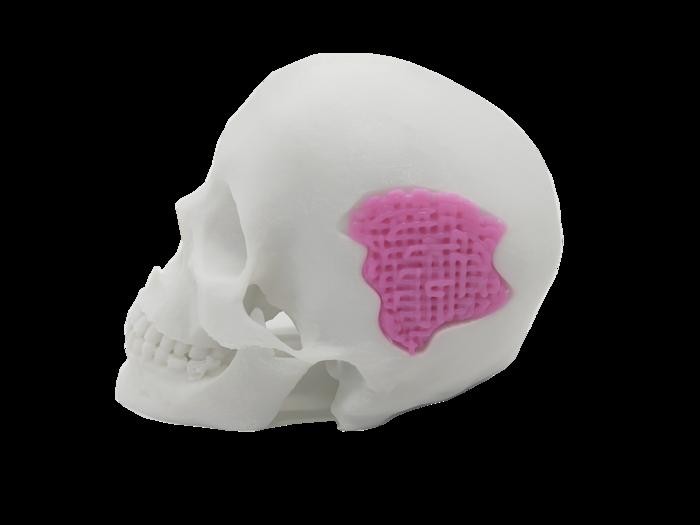Researchers have created a new 3D printable bio-active glass material that can serve as a bone replacement scaffold. The team, led by Jianru Xiao, Tao Chen, and Huanan Wang, published their findings in ACS Nano after testing the material’s effectiveness in rabbit studies.

The new bio-glass combines oppositely charged silica particles with calcium and phosphate ions, which are known to promote bone cell formation. Unlike traditional 3D printable glass materials that require toxic plasticizers or extremely high temperatures above 2,000 degrees Fahrenheit, this bio-glass gel can be hardened at a lower temperature of 1,300 degrees Fahrenheit after printing.
The researchers tested their bio-glass against plain silica glass and a commercially available dental bone substitute by repairing skull damage in rabbits. After eight weeks, most bone cells present had grown on the bio-glass scaffold, demonstrating sustained growth over time. The commercial product initially grew bone faster, while the plain glass showed minimal bone cell growth.
The study demonstrates what researchers describe as an easy, low-cost method for 3D printing bio-glass bone substitutes. The development could have applications across medicine and engineering fields. The research received funding from several Chinese scientific organizations, including the National Natural Science Foundation of China and the China Postdoctoral Science Foundation Special Support.
Source: eurekalert.org

